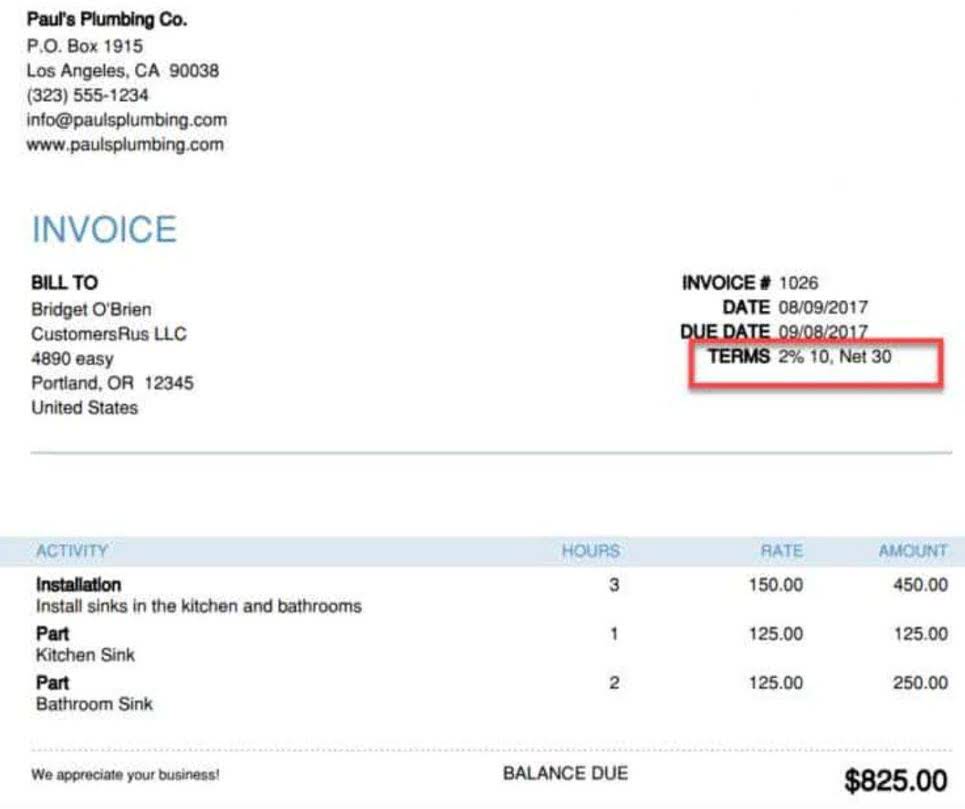
For example, if a university research lab receives a grant to study cancer treatments, the grant money would directly cover indirect costs are also referred to as costs. research staff salaries, lab equipment, and materials used in the research. However, the lab still relies on the university’s administrative staff, facilities, and equipment even if they cannot be traced to a specific activity. The key is to choose an allocation base that has a clear relationship to the indirect costs being allocated. This helps ensure an equitable distribution across different projects, departments, products, etc. It’s important to know the difference between the types of costs because it gives you a greater understanding of your product or service, thus leading to more competitive pricing. In addition, when tracking direct and indirect costs, you will have a better grasp on your accounting and be better equipped to plan for the future.
Indirect Cost Rate Formula

Two key components https://www.bookstime.com/tax-rates/illinois that often cause confusion are overheads and indirect costs. While they may seem similar, they have distinct differences and impact a company’s profitability in different ways. In this blog post, we will explore the importance of understanding overheads and indirect costs, and how they play a fundamental role in managing and optimizing business operations. Cost is an important component of price, especially when using the cost-plus pricing strategy. Determining all direct and indirect costs helps you set a desired markup on goods and services. If you have a consistent ratio of indirect to direct costs, you can set a purchase price based on a percentage of direct costs that will both cover your indirect costs and provide needed profit.
- Operating costs are day-to-day expenses, but are classified separately from indirect costs – i.e., costs tied to actual production.
- This helps a company to calculate the overhead cost per unit so that prices can be set accordingly to ensure a profit is made on each product even after incorporating all indirect expenses.
- “This will ensure you are protecting yourself and making a profit off of every single job that you do,” he told The Balance by email.
- When these assets indirectly support projects, their cost allocation should be determined by the percentage of usage across projects and activities.
- Allocating costs is important and useful because it helps you understand whether you are pricing your goods competitively.
Business Cards

Indirect variable cost is not directly related or traceable to each unit of the product but it varies as per the output, for e.g. electricity bill in the manufacturing industry. Most indirect costs are considered fixed costs, as they remain the same from month to month regardless of production levels. For accounting purposes, direct costs are always factored into your cost of goods sold, while indirect costs are recorded as an overhead expense. For instance, when you purchase wood to manufacture more bats, the cost of the wood is directly tied to bat production. Certain expenses may not be permissible or adequately documented to include in indirect cost rate calculations.

Formula: How to Calculate Direct and Indirect Costs?

A reasonable indirect cost rate can vary depending on a variety of factors, such as the type of construction project, the location, and the size of the construction company. Indirect costs are infeasible to allocate to each unit of product or service since these costs are used in multiple manufacturing activities and can’t be assigned to a single unit. When recording direct costs, in most instances, these costs will be variable, meaning that they can change according to production levels. If your production ramps up in the summer, it’s likely that your materials costs and labor costs will increase as well. While most direct costs are variable, there can be instances when direct costs are fixed costs, such as rent or property taxes specifically for a manufacturing plant. Indirect costs, also known as facilities and administrative (F&A) costs, can be a significant component of grant awards and contracts.
- The key is to choose an allocation base that has a clear relationship to the indirect costs being allocated.
- Tracking direct and indirect costs and checking these figures on a weekly or monthly basis could save you money.
- If you’re a business owner or an aspiring entrepreneur, it’s important to know the difference between these two expenses your company will incur.
- Understanding the true total cost of producing goods and services enables a business to make sound decisions, particularly in the areas of pricing, budgeting, operational efficiency, and taxation.
- Smartphone hardware, for example, is a direct, variable cost because its production depends on the number of units ordered.
- If your indirect costs are too high, you can find ways to reduce your expenses.
Recording direct and indirect costs properly will help your business
- Understanding how to accurately calculate and budget for indirect costs is an important part of managing organizational finances and creating realistic budgets and proposals.
- On the other hand, they may be required to take out employee liability insurance.
- Electricity used to run the machinery and produce raw materials for manufacturing products would be labeled direct costs.
- This system of cost accounting is based on activities, which are considered an event, unit of work or task.
- In investing, it’s the difference in return between a chosen investment and one that is passed up.
- Managing overheads effectively is crucial for the smooth operation and long-term success of any business.
Our guide will show you the different managerial accounting tools and how to apply them for small businesses. This classification allows businesses to decide the price for any product or project using the broken down and classified information. Allocating costs is important and useful because it helps you understand whether you are pricing your goods competitively. The selling, general and administrative expenses to go to market are $10,000, $10,000 and $5,000, respectively. Hence, mastering cost management is an important part https://x.com/BooksTimeInc of running and growing a business.
- Indirect costs would be the utilities, administrative and marketing expenses and salaries involved in running of the overall business that cannot be easily assigned to a specific car production unit.
- When an entity accepts a grant, such as government funding, the funding guidelines typically stipulate what qualifies as a direct versus indirect cost, along with any threshold amounts for each cost type.
- It’s important to know the difference between the types of costs because it gives you a greater understanding of your product or service, thus leading to more competitive pricing.
- Therefore, while all overheads are indirect costs, not all indirect costs are considered overheads.
- Indirect cost rates are negotiated agreements between an organization and the federal government that determine the percentage of direct costs that can be claimed as indirect costs on federal grants and contracts.
- Labor costs, for example, can be indirect, as in the case of maintenance personnel and executive officers; or they can be direct, as in the case of project staff members.
- With an accurate, detailed proposal and justification, you can help reviewers fully understand the necessity for the indirect costs to conduct your project.
What is indirect cost construction?

This rate is then multiplied by the number of direct labor hours worked in each department to determine the share of overhead costs for each. From the computations above, we can see that Cyan has a higher CM per direct labor hour than Magenta. Cost accounting looks to assess the different costs of a business and how they impact operations, costs, efficiency, and profits.
